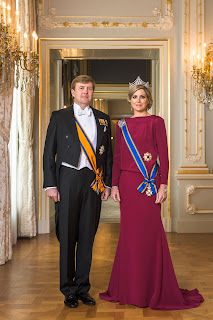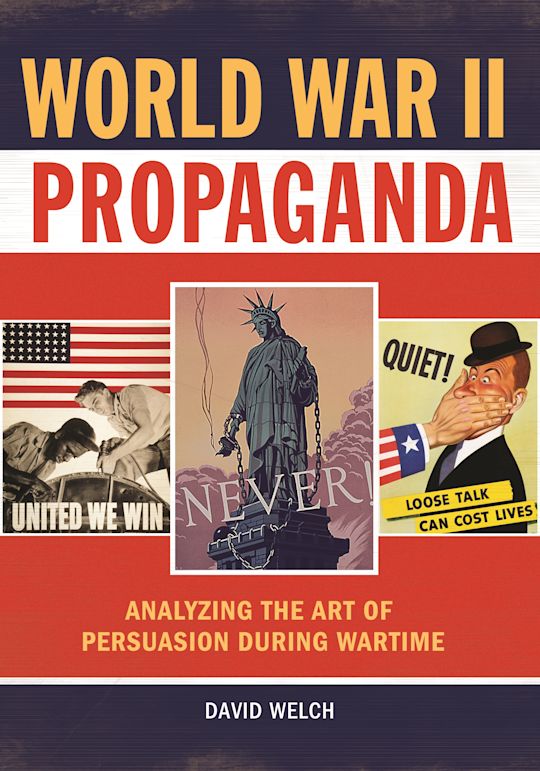Realimiteit Theory or Realimiteit Principle
Realimity Theory –
Realimity Principle –
Realimiteit
Lynn Margulis: ‘if it
metabolizes it is alive, if it not metabolizes it is not.’
We have to take into account that there is a
natural limitation for the realisation of goals. Desired realities or goals can be achieved and only be sustainable within natural boundaries of functionality which are dependent
on cognition, i.e. interaction with environment by a continuous exchange of
information.
Life or living systems (Capra, Bateson) depend on the
criteria needed for survival; for example health: a non polluted environment,
social safety, biological and ecological balance. According to Maturana and
Varela’s Santiago Theory of
Cognition, life is autopoietic; this means it creates, maintains and sustains
itself through communication (cognition) with environment. The sustenance of
life therefore depends on the availability of creative conditions. Life that
encounters ‘destructive’ conditions will perish as it cannot
be sustained or sustain itself anymore.
Life is continuously interacting with environment through
information. All information would be needed to pick and choose that
information which is constructive for life. We speak about feedback loops,
which are information carriers of amplifying nature; which are called ‘positive feedback loops’ and information carriers of
dampening or correcting information are called ‘negative
feedback loops’. We can say that living is a
continued learning and adaptation process.
In order for an organism to maintain homeostasis or equilibrium,
it needs to use both information carriers. The feedback loops carrying the most
useful information are chosen automatically as these enhance the chance of
survival of the organism. These feedback loops are ever changing because the
environment is also changing all the time. When for example the quality of air
has been compromised, an organism needs to adapt to these new parameters,
because if it can’t it cannot sustain itself. The
environment does not determine a change within an organism. It is the structure
of an organism itself that determines a change. This in short is called;
adaptation, which is possible by allowing ALL information.
Now, fast forward this to organisations, businesses,
industrial production or political parties. What these entities are often doing
is to ignore information which contradicts purpose, whilst only accepting that
information which confirms it. We have to ask this question; can there be
business or political ideology without life? When we see organisations as living,
social systems of communication (Luhmann), we intuitively understand that
stability and sustainability can only be achieved by using positive – and
negative feedback in a balanced order. Communication or the constant
gathering and sharing of (new) information creates the very basis for steering,
maximum control and predictability. A continuous learning process is the basis
for sustenance and continuity.
But when we look at for example; Erdogan’s Turkey, the European Commission,
Washington’s reckless military
interventions, international political landscapes, the impact of the hydrocarbon industries on climate change and environment, we
can easily observe that their stability or sustainability is being made
possible by enforcement and/or acquiescence alone. It is being sustained
artificially by misinformation or by suppressing dampening, or corrective feedback.
This automatically leads to a status of non-adaptability, because these
organisations try to operate beyond natural boundaries of functionality. This
makes them immediately instable and unsustainable, which will lead to an
inevitable collapse. We talk about path dependency. A constant flow of
corrective feedback is the only basis for balance and sustainability for social
systems as they are living systems too.
Therefore I created this Realimiteit Principle with which we
can measure, map and predict stability and sustainability in any system, organisation
or enterprise. We do this by researching if all feedback loops are accepted,
connected and used to enable adjusting the steering or control of the
organisation (cybernetics).
We ask two questions:
Is the organisation positive interdependent? All
stakeholders will benefit?
Is the organisation negative interdependent? Only
some stakeholders benefit because others cannot.
An action or a goal that depends on negative
interdependence or untruths is unsustainable and will fail as history confirms.
Energy and Resources
Imagine how much energy and resources are wasted by
organisations to create unpredictable and unsustainable realities which cannot
survive outside of environment or exist beyond natural boundaries of functionality
which in fact means outside sane realism.
Any organisation which tries to operate in such a manner,
i.e. defying nature’s capacity to carry or
condone it, needs lobbyists, lawyers or propaganda through media used to stifle
that information which could confirm actual harmfulness of products, ideology
or services. When that energy and resources would be used to implement change
from harmful to non-harmful, the organisation that allows for ALL information which would provide a new
ability to steer and control the organisation in an adaptive and sustainable
way.




Reacties
Een reactie posten